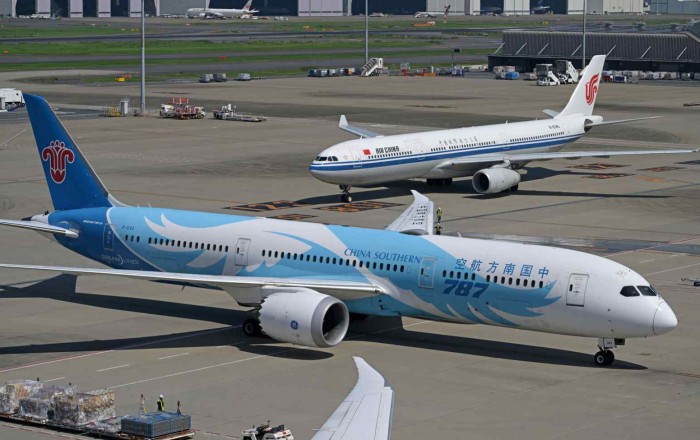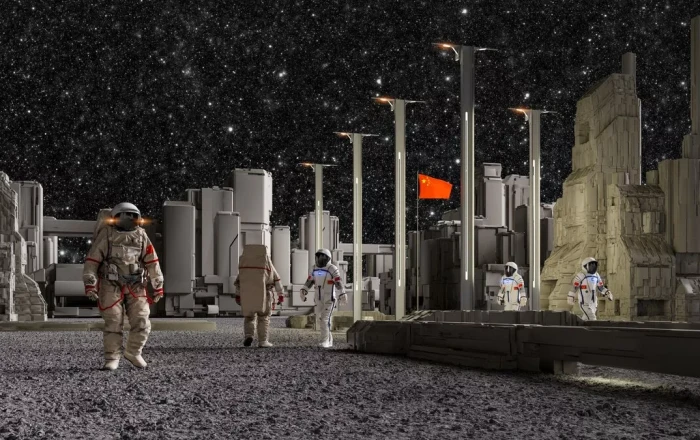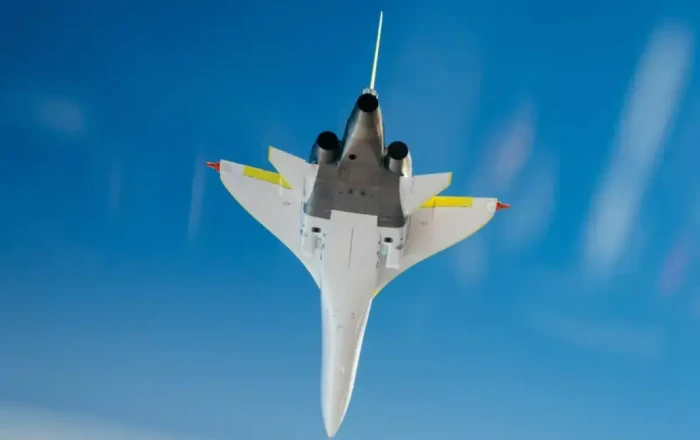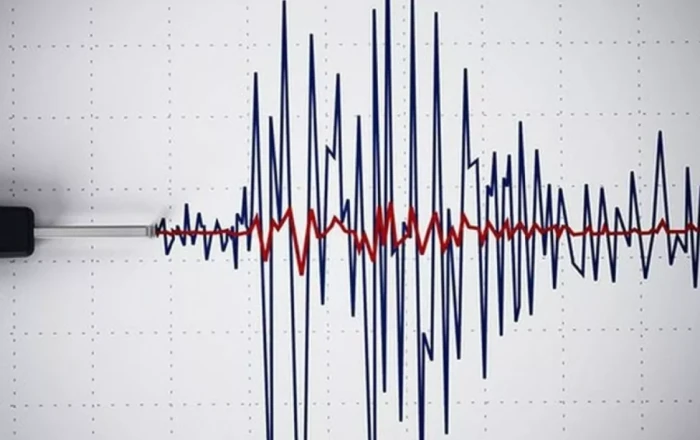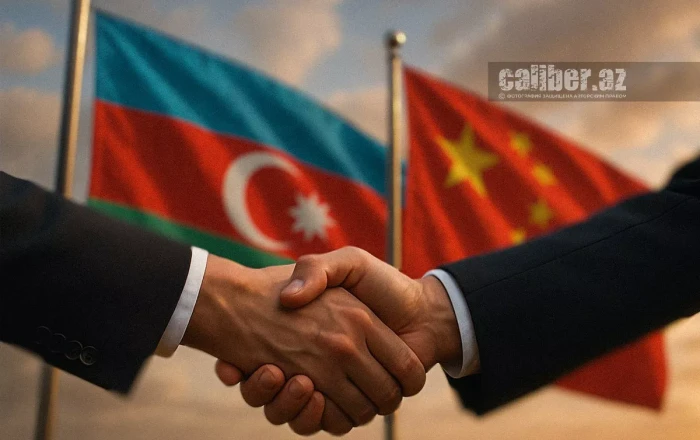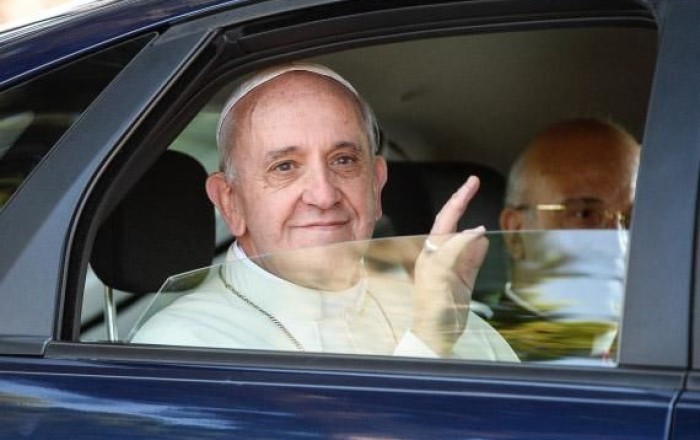The UK is set to expand its military presence in the Arctic and High North amid rising geopolitical competition and the impact of melting sea ice, according to an upcoming defence review.
The review, led by former NATO Secretary-General Lord George Robertson, advises increased investment in drones, surveillance, anti-submarine capabilities, and other advanced technologies in response to growing threats and strategic shifts, Caliber.Az reports via foreign media.
Focusing on a “NATO first” approach, the review underscores the importance of securing the Euro-Atlantic region and warns of intensified rivalry over Arctic resources and new shipping routes opened by climate change. Russia’s military build-up in the Arctic, along with pressure from Nordic allies concerned about reduced US presence, are key factors driving the UK’s reassessment.
Defence Secretary John Healey, critical of past Indo-Pacific “tilts,” previously visited Norway to discuss Arctic security. The Ministry of Defence’s recent deployment of snowmobiles to the region reflects the evolving strategy.
The review will also reaffirm investment in the UK-Italy-Japan Global Combat Air Programme to develop a sixth-generation stealth fighter jet, while weighing trade-offs between traditional platforms and next-generation unmanned systems. It suggests prioritising Royal Navy and RAF capabilities, as Eastern European NATO states emphasize air and naval support over land forces.
The review, shaped in part by shifting US defence priorities under Donald Trump, is currently under ministerial review, with publication expected between May and June. It may be timed to influence a UK-EU defence pact or the NATO summit on June 24.
It also proposes enhancing reserve forces, strengthening ties with veterans, expanding cadet programs, and introducing more defence-related content into school curricula. Additionally, it calls for restructuring cyber personnel across GCHQ, the National Cyber Force, and the MoD to avoid internal competition and streamline recruitment.
Labour leader Sir Keir Starmer has pledged to raise defence spending from 2.3% to 2.5% of GDP by 2027—adding £6 billion annually—though this still falls short of the 2.65% desired by military leaders. The review warns that future defence investment must balance legacy hardware with emerging technologies, amid tight fiscal planning.
By Tamilla Hasanova
Source: caliber.az



